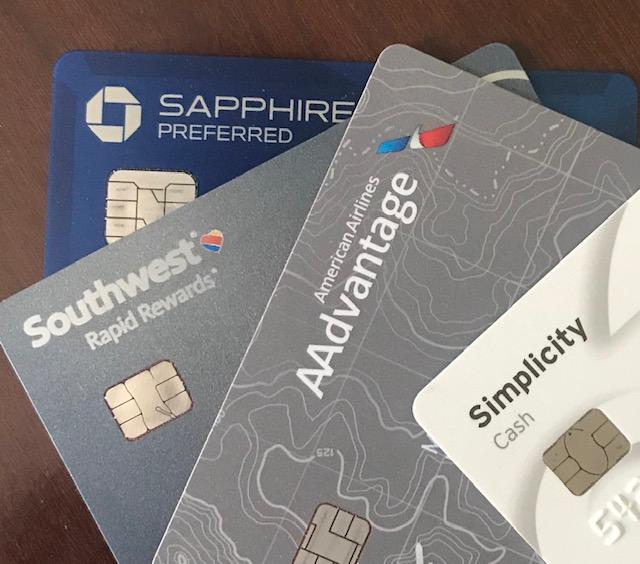For most people, especially high school and college students, getting their first credit card is a huge milestone. Unfortunately, not understanding how to use a credit card and the full impact of their responsibility related to ownership of a card can lead to accumulation of debt that can quickly snowball out of control.
Minimum Payments
When you can’t pay the full balance on your monthly credit card statement, you may decide to pay only the “minimum payment.” The minimum payment is the smallest amount of money that a cardholder must pay each month on the balance to keep their account active and in good standing. Paying less than the required minimum due can affect your ability to get approved for other credit and may also result in interest charges that can increase the overall balance .

While most card companies only require a cardholder to pay the minimum payment (this smaller amount is normally very prominent on the statement), this a really bad habit to practice as a new card account holder. This is because when you pay your card balance in full, you avoid interest that will be added to your balance based on the interest rate you agreed to pay when you applied for the card. When you pay only the minimum, the interest (or fee) that is added to your balance can quickly lead to a much larger overall balance.
Interest Charges
Credit card debt is the second-fastest-growing debt behind personal loans. The average credit card debt for Americans reached $6,194 in 2019.
When you make only the minimum payment on your card each month your payment generally only covers the interest and fees (if there are any) from the prior month and only a small amount of the initial balance. Also, if you buy additional items using the card, you could see your balance get higher and higher. Deciding to only pay the minimum now means you will pay more in the end (especially if you have a higher interest rate) and usually for a longer period of time.
For example, if you buy an outfit or electronics for $1000, your minimum payment amounts will result in the following:
- Amount initially charged (Principal): $1,000
- Minimum Monthly Payment: $30 (3% of remaining balance)
- Interest Paid: $1,000 x 20% /12 months = $16.66 [Simple Interest formula used]
- Amount Paid against Principal: $30 – $16.66 = $13.34
- Remaining Balance: $986.66 ($1,000 – $13.34) after one months minimum payment.
This same calculation is repeated each month until your total debt is paid. In the end, if you continue to make only the minimum payment, you will have paid a total of $2,120.50 over a period of 15 years to settle this debt with interest paid of $1120.50.

You can use an online credit card calculator to help you calculate your credit card payments if you only pay the minimum and also what happens if you make larger payments.
Paying the Full Balance is Best
Paying the minimum amount due each month on your credit card statement is an option you have if you aren’t able to pay the full balance. But paying the full balance each month is always the best option when you decide to use a credit card. You will save yourself lots of money.
Using money you have saved is always the best way to pay for what you want. If you don’t have the money saved, consider waiting until you do. But if you do use a credit card, spend wisely and pay more than the minimum amount by the due date so that you don’t find yourself tangled in credit card debt!


